6 deaths, 4 months: Central Edmonton violence prompts concern for vulnerable
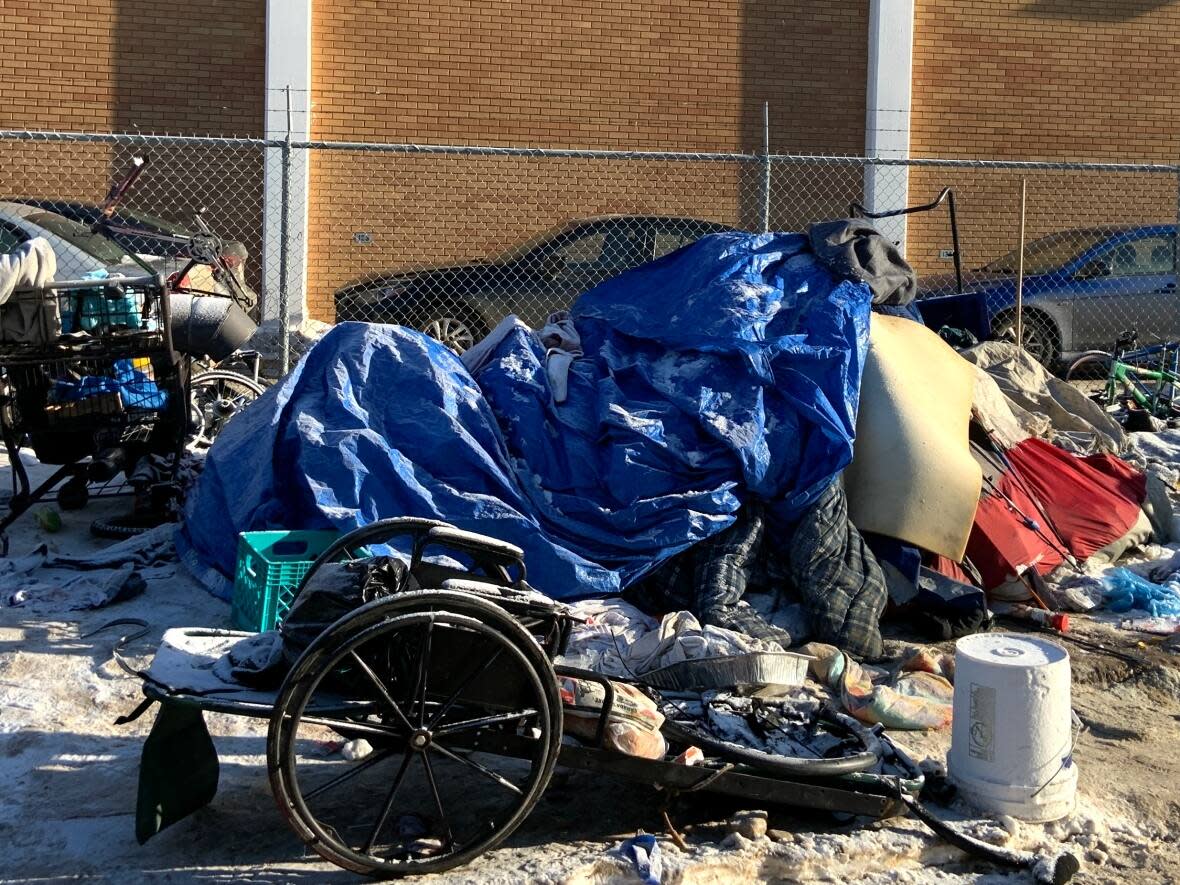
Standing in the shadow of Rogers Place at the edge of downtown, Mary-Jo explains her strategy for surviving life on Edmonton's streets.
"You have to learn how to adapt. And you know who you have to look out for? Me, myself and I," she said.
Mary-Jo, who uses a walker to get around, said she arrived in Edmonton in 2015 and eventually found herself on the streets when she couldn't afford a place to live.
She said even if a person can make it through the bone-chilling cold snaps and navigate the shelters and support services, safety isn't a guarantee.
She said people – particularly women – should travel in groups after 8 p.m.
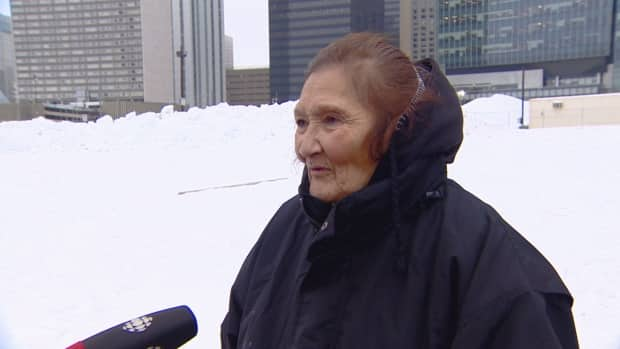
Mary-Jo said there's been an increased presence of gangs and violence recently, and that she was once robbed after picking up her pension cheque at the bank.
"I come out there – two women shove me from behind. They took my money, my backpack," she said. "I learned … you have to watch what's behind you and what's in front of you."
Mary-Jo, who declined to share her last name with CBC, said she'd secured a spot in a treatment centre that would take her off the streets.
Over the years, many of the neighbourhoods surrounding downtown Edmonton have battled public perceptions of being hotspots of crime and disorder, even though thousands of people live and work safely in the area.
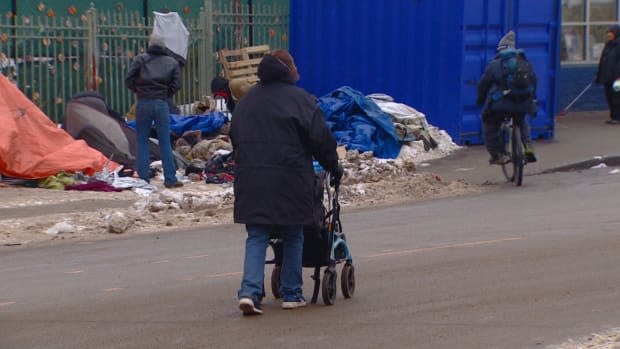
But police say they are concerned about what's been happening over the past three years, and social agencies warn that some of the city's most vulnerable citizens are at risk.
Vulnerable targets
Between Sept. 8, 2022, and Jan. 2, 2023, Edmonton police reported six deaths in the neighbourhoods directly north of downtown – four have been ruled homicides and two are considered suspicious.
Investigators have linked two of the deaths to violence in encampments. One man died of a gunshot wound outside a shelter.
While few details are known about the six people who died, the locations and circumstances suggest at least some of them were living in poverty before their deaths.
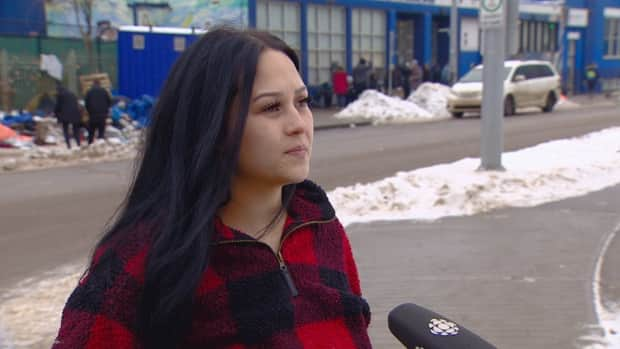
"I think there's this huge misconception that people who are homeless are violent, when in fact it's our people who are experiencing homelessness that have violence perpetrated against them," said Lina Meadows, senior manager of adult programming at Boyle Street Community Services.
Meadows said there has been an increase in violence targeting Boyle Street clients who are often outside, alone and vulnerable. She especially worries about what happens to them overnight when social agencies and businesses are closed and there's nowhere to seek refuge.
Meadows said that while Edmonton police have been good about responding and offering support, not everyone feels comfortable talking to investigators, or even to Boyle Street staff.
"Our community needs housing. our community needs access to resources and to overnight shelters and to just services," she said.
'Human-centred'
Getting people housed and connected to other support services is also key to Edmonton police's strategy for responding to an increase in social disorder and crime in central neighbourhoods, said Insp. Angela Kemp, who leads the crime suppression branch.
Kemp said people living in encampments or spending time on the streets can end up as victims of what she calls "predatory violence," and she said there has been an increase in stranger-on-stranger assaults.
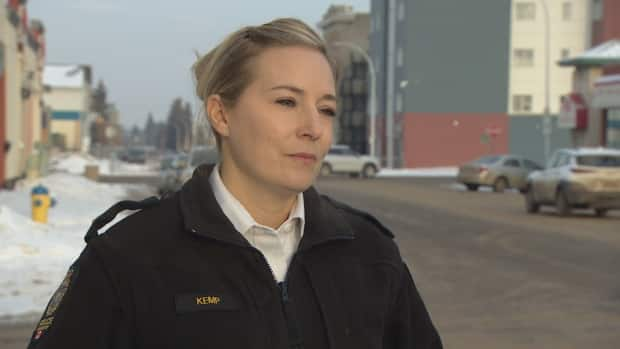
While there are cases where people do need to be held accountable for violence through prosecution, Kemp said her teams, along with social agencies and health-care workers they've partnered with, are trying to divert people who just need supports away from the criminal justice system.
"It's not an enforcement-based approach. It's actually a human-centred approach where we actually are going around seeing these individuals, connecting them to resources," she said.
Underlying stigma
Research into the ways people who are homeless end up as the victims of crime and violence is still quite limited, said Marta-Marika Urbanik, an assistant sociology professor at the University of Alberta.
"Homeless people are far less likely to report their victimization to police due to fears like being not believed, not wanting to interact with police, feeling that police will not do anything, and general stigma and rhetoric against them," Urbanik said.
Urbanik said that there are several possible factors that could expose a person who is homeless to greater risk, such as simply being out in the open with no refuge in parts of the city where violence is concentrated, or getting drawn into low-level drug dealing or sex work and ending up being victimized by individuals who are armed with weapons – including guns.
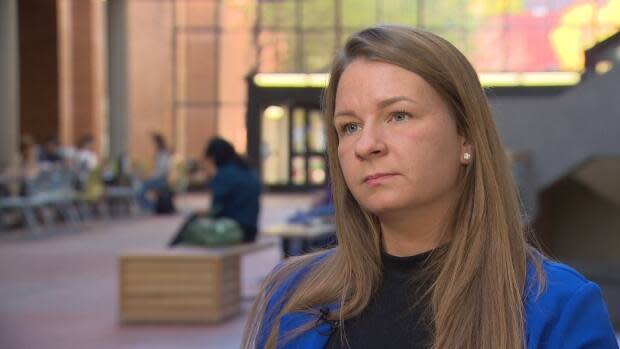
The stigma around homelessness can also embolden perpetrators, she said.
"They recognize that victimizing individuals who are marginalized, who are on the streets, will generally not elicit the same police or even societal response and rage that it might victimizing somebody who is viewed as more valuable to our society," she said.
As for solutions, Urbanik echoed both Meadows and Kemp in calling for increased supports and housing – adding that her own research with homeless people in Canada has shown that there need to be options beyond traditional shelter spaces, which don't work for everyone.
"Individuals are not going to the spaces where they traditionally access critical services precisely because they fear the violence that they believe is increasing in those areas. So that's a real access barrier that we have to navigate," she said.
Between Sept. 8 and Jan. 2, six people were killed in neighbourhoods north of downtown Edmonton. No charges have been laid. Some of the deaths have been declared homicides. Others are still considered suspicious.
Sept. 8: Yakubu Usman Saibu, 40, was found suffering from a gunshot wound inside a home at 106th Avenue and 105th Street. He died at the scene. His death was declared a homicide.
Nov. 29: Joseph Ross Gladue, 38, was found dead in an encampment near a walking path and the LRT tracks near 95th Street and 106th Avenue. In January, police said the death was still classified as suspicious. The manner of death hasn't been disclosed.
Nov. 28: Calvin Ross Moosewah, 46, was found unresponsive outside the Coliseum LRT station. He died in hospital two days later. Police said Moosewah had been the victim of an assault in an encampment in the area of 100th Street and 105A Avenue on Nov. 19, and had been taken to hospital for head injuries that day. A 40-year-old man has been charged in the Nov. 19, 2022 assault. As of Jan. 20, Moosewah's death was still being treated as suspicious.
Dec. 18: Ahmed Mohamed, 36, died of gunshot wounds in the parking lot of a convenience store at 104th Street and 107th Avenue. Police found him after responding to a weapons complaint at a suite in a building near 103rd Street and 106th Avenue where a 23-year-old man was found with serious injuries. The younger man was taken to hospital. Mohamed's death was declared a homicide.
Investigators believe Ronald Bell, 70, was killed on the afternoon of Dec. 27. On Jan. 1, police were told about a sudden death at the home Bell rented at 107th Avenue and 106th Street. Investigators told reporters the home had several other tenants and many visitors, and that they hoped to speak with anyone who had been there around the time of Bell's death. The manner of death has not been released for investigative reasons, but it has been declared a homicide.
On Jan. 2, Shane Bakewell, 32, was found in medical distress outside a shelter near 100th Street and 105A Avenue. Hospital staff notified police after noticing injuries consistent with a gunshot wound. Bakewell's death has been declared a homicide.


